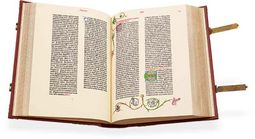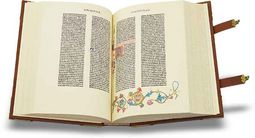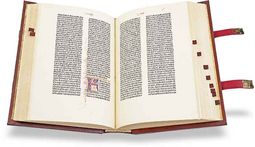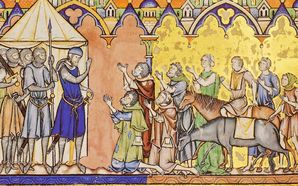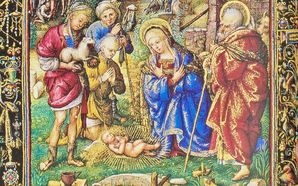Incunabula - Early Printed Books
The 1439 invention of the printing press with moveable type by Johannes Gutenberg (ca. 1400-68) was one of the most important events in world history with both immediate and long-term ramifications.
It was a boon at a time when book production and literacy were already on the rise in Europe. Gutenberg’s invention decreased the cost of books by increasing the rate of their production exponentially. Aside from serving as a catalyst for the dissemination of knowledge, printed books contributed to the spread of literary culture.
A book printed before 1501 is called an incunabulum (plural: incunabula), which is Latin for “swaddling clothes” or “cradle” and a reference to the fact that printing was then in its infancy. However, this dating is rather arbitrary, and this first generation of book printing can be more accurately dated as ending sometime between 1520 and 1540, during which time books became more standardized.
Demonstration of a Sample Page
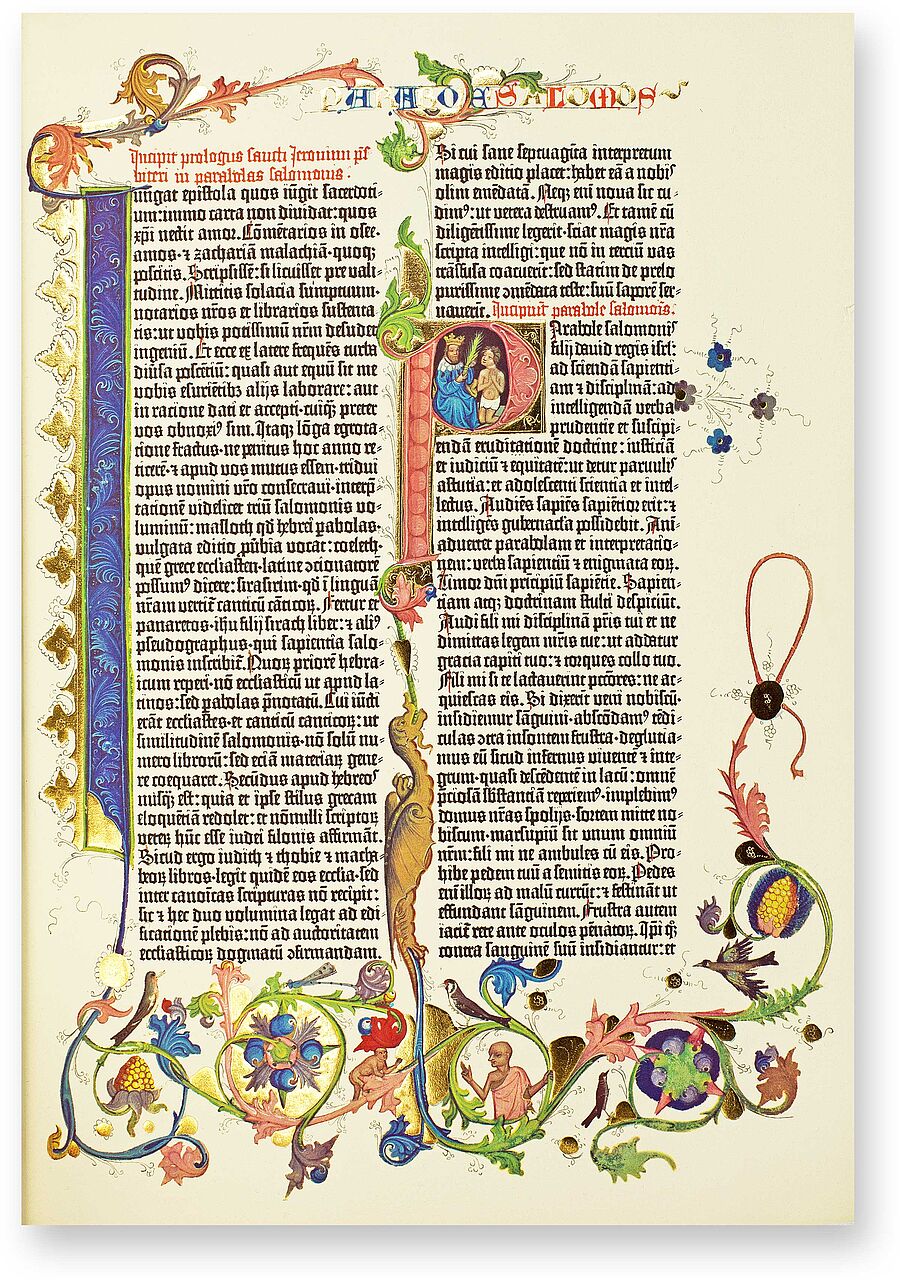
The 42 Lined Bible
Book of Proverbs
Commonly attributed to King Solomon but likely originating from numerous sources, the Book of Proverbs is an ancient source of wisdom found in the Old Testament. The text itself is preceded by St. Jerome’s prologue, embellished by a blue “I” initial with gold acanthus leaves. King Solomon himself is shown crowned and seated in a red, green, and gold “P” initial.
A book printed before 1501 is called an incunabulum (plural: incunabula) and the Gutenberg Bible (ca. 1453) was the first and most famous. It was printed with spaces for decorative initials and marginal illuminations to be added later according to the specifications of the owner. This page features floral marginalia, birds, insects, human figures, and a dragon created by a masterful hand.

